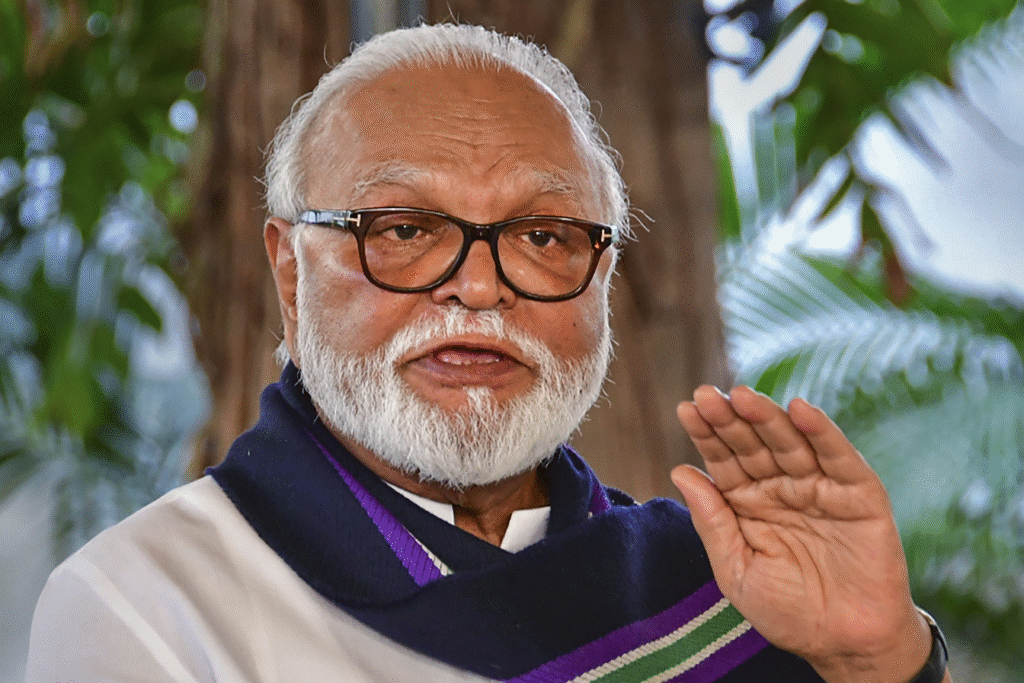Parliament Panel Had Warned of Aviation Security Funding Crisis Weeks Before Deadly Air India Crash

A Parliament committee report presented just weeks before the catastrophic Air India crash in Ahmedabad had specifically warned about inadequate funding for aviation security and accident investigation capabilities, raising critical questions about India’s preparedness for aviation emergencies.
The Boeing 787 Dreamliner crash on June 12, which killed 241 of 242 people aboard and 29 on the ground, has brought renewed focus to the Department-related Parliament Standing Committee on Tourism, Transport and Culture’s report presented in Rajya Sabha on March 25, 2025.
The committee had flagged that India’s total budgetary allocation of Rs 35 crore for security infrastructure and accident investigation was woefully inadequate for the world’s third-largest aviation market. The Aircraft Accident Investigation Bureau (AAIB), now leading the Air India crash probe, received only Rs 20 crore, while the Bureau of Civil Aviation Security (BCAS) got Rs 15 crore.
In stark contrast, the Directorate General of Civil Aviation (DGCA) commanded nearly half the total budget with Rs 30 crore allocation for 2025-26. The committee questioned this “distinct imbalance” in fund distribution across key aviation bodies, particularly when rapid infrastructure expansion demanded proportional growth in security and investigative capabilities.
Flight AI 171 crashed into B.J. Medical College’s hostel block in Ahmedabad’s Meghaninagar area shortly after takeoff at 13:38 IST, highlighting the very investigative and security gaps the Parliament panel had identified months earlier.
The committee’s report had specifically noted that with airports increasing from 74 in 2014 to 147 in 2022, and a target of 220 by 2024-25, security infrastructure and accident investigation resources needed proportional enhancement. The UDAN scheme’s budget was simultaneously slashed by 32 percent to Rs 540 crore despite its expanded scope to tier II and III cities.
More alarmingly, the report revealed severe manpower shortages across aviation bodies – over 53% vacant positions in DGCA, 35% in BCAS, and 17% in the Airports Authority of India. These vacancies directly impact regulatory oversight and safety compliance capabilities.
Following the crash, India’s aviation regulator ordered inspections of all Boeing 787s operated by local carriers, but critics argue this reactive approach could have been avoided with adequate proactive funding for safety oversight.
The timing of the Parliament committee’s warnings and the subsequent tragedy underscores systemic issues in India’s aviation safety framework. As the AAIB investigates what caused the Dreamliner to crash minutes after takeoff, questions mount about whether adequate resources were available for proper safety oversight and accident preparedness.
The committee had emphasized that “as aviation expands to Tier II and III cities under the modified UDAN scheme, security infrastructure and capabilities must be extended proportionally” – a recommendation that appears tragically prescient given the scale of the Ahmedabad disaster.






